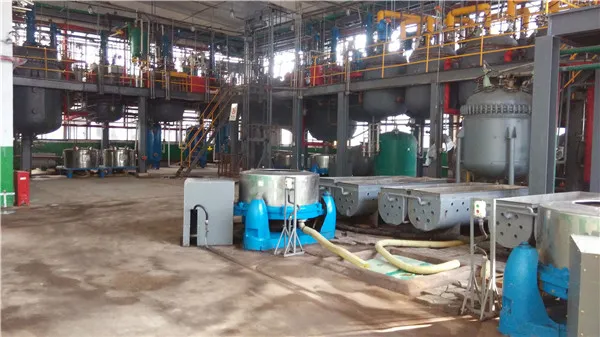The Role of Polymers in Water Treatment
Water is an essential resource for life, and ensuring its cleanliness and safety is a fundamental challenge faced by modern societies. Among the various methods employed to purify water, the use of polymers has emerged as a key player in enhancing water treatment processes. This article explores the significant role of water treatment polymers, their types, functions, and applications in improving water quality.
Understanding Water Treatment Polymers
Polymers are large molecules composed of repeating structural units, typically connected by covalent chemical bonds. In the context of water treatment, they serve various functions, including coagulation, flocculation, and filtration. These processes are critical for removing pollutants, suspended solids, and microorganisms from water sources, leading to cleaner and safer water for consumption and other uses.
Types of Water Treatment Polymers
1. Coagulants These are substances that promote the aggregation of particles in water, facilitating their removal. Common coagulant polymers include polyaluminium chloride (PAC) and polyacrylamide (PAM). They help destabilize colloidal suspensions, allowing particles to cluster together and settle more easily.
2. Flocculants Once particles have been coagulated, flocculants assist in forming larger aggregates, known as flocs. Ionic and non-ionic polyacrylamides are popular flocculants. They enhance the efficiency of sedimentation processes in treatment plants, further clarifying water.
3. Adsorbents Certain polymers can adsorb toxins and contaminants from water. Activated carbon is one of the most widely recognized adsorbent materials, but there are also polymer-based adsorbents designed to capture specific pollutants, such as heavy metals or organic compounds.
water treatment polymer

4. Membrane Technology Polymers are also integral to membrane filtration processes such as microfiltration, ultrafiltration, and reverse osmosis. Polymer membranes act as selective barriers, allowing only water and specific ions to pass through while rejecting pathogens and larger contaminants.
Applications in Water Treatment
The application of water treatment polymers is broad, spanning municipal wastewater treatment, industrial effluent processing, and even drinking water purification. Municipalities utilize these polymers to meet regulatory standards for safe drinking water, effectively removing sediment, chemicals, and pathogens. In industrial settings, water treatment polymers are employed to manage wastewater generated from manufacturing processes, thus promoting sustainable practices and minimizing environmental impact.
Additionally, advancements in polymer chemistry have led to the development of smart polymers that can respond to changes in water quality, improving their effectiveness further. For example, researchers are developing polymers that can change properties in response to pH or temperature shifts, making them highly adaptable to various water treatment scenarios.
Benefits of Using Polymers
The incorporation of polymers in water treatment processes offers numerous benefits. Firstly, they enhance the efficiency of the treatment, reducing the time and energy required to achieve desired water quality. Secondly, polymers can help in lowering operational costs, as they facilitate the removal of contaminants more effectively than traditional methods alone. Furthermore, the versatility of polymers allows for customization based on specific water treatment needs, making them integral to innovative water management solutions.
Conclusion
In conclusion, polymers play a vital role in the field of water treatment, providing effective solutions for purifying water and ensuring its safety for human consumption and environmental preservation. As research continues to advance our understanding of polymer chemistry, we can expect even more innovative applications that will further revolutionize water treatment processes. The future of clean water largely hinges on our ability to harness the potential of these remarkable materials, ensuring that everyone has access to safe and clean water.

